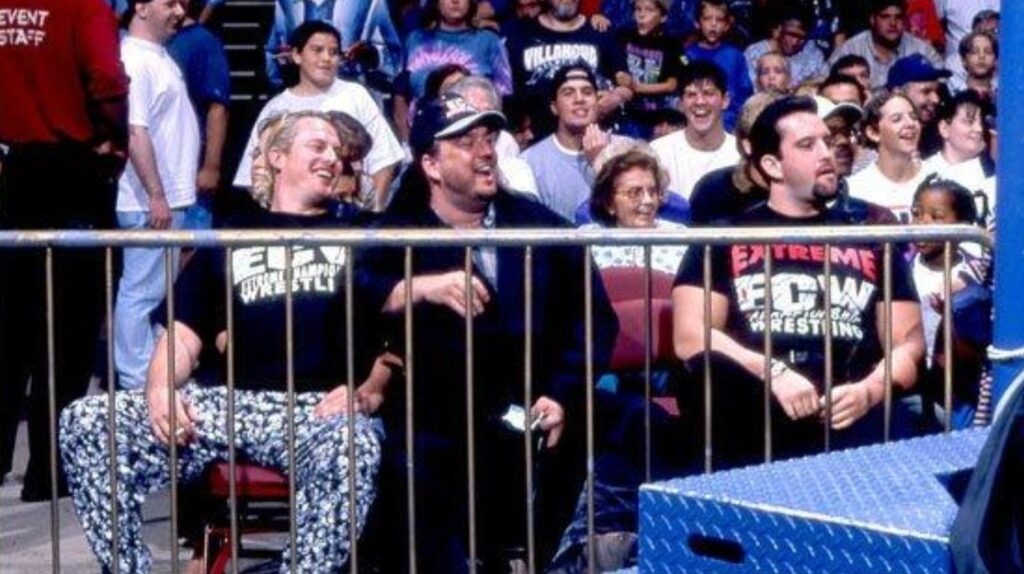In comparison to the United States, wrestling promotions in Japan are a lot more collaborative, especially these days. Granted, there was a point in time where companies like New Japan Pro Wrestling and All Japan Pro Wrestling were sworn enemies, but they were never trying to put the other out of business. Instead, they were simply competitive and wanted to put on the best shows possible for the benefit of themselves, but also the benefit of the wrestling business in Japan. It’s this collaborative nature crossed with the sheer variety of styles in Japan that leads us to this feud.
Back in the 1980s, the original Universal Wrestling Federation was born after a number of NJPW wrestlers decided to leave the company and create something that celebrated the shoot style of professional wrestling. While its original run only lasted for two years, the UWF is widely considered as a company that if it didn’t exist, MMA promotions like Pancrase, RINGS, and PRIDE FC would have never been created, which is why the UWF was reformed in 1988, but once again died in 1990. However, one of its founding fathers, Nobuhiko Takada, was hellbent on making the UWF a success, and revived it for a third and final run, this time under the banner of the Union of Wrestling Forces International, or UWFI for short.
By 1995, UWFI had lasted longer than the previous two incarnations of the UWF combined, but had fallen on hard times financially and turned to NJPW founder Antonio Inoki for some help. An interpromotional feud was proposed and agreed to under the condition that NJPW would control the booking, with the goal of the feud being to establish which style of wrestling was better, the UWFI’s shoot style, or NJPW’s strong style, and it did not disappoint.
As the popularity of MMA grew in Japan throughout the 1990s, so did the shoot style wrestling that UWFI produced, meaning that the October 9, 1995 event appropriately titled “NJPW vs UWFI” at the Tokyo Dome drew a staggering 67,000 people to one of Japan’s most famous venues. The show was a massive success, and unsurprisingly given that they were in charge of the booking, NJPW reigned supreme on that night, but Takada would produce a massive victory for UWFI on January 4, 1996 when he defeated Keiji Muto to become the IWGP Heavyweight Champion, proving that even on the biggest stage NJPW had to offer, shoot style could reign supreme.
The feud would eventually die down as 1996 went on, and UWFI would eventually close its doors by the end of the year, but the feud between the two promotions ended up contributing a lot more to wrestling than some would suspect. Former WCW President Eric Bischoff has credited the UWFI invasion of NJPW in 1995 as one of the main influences on what would eventually become the New World Order in WCW, and was even in Japan for the feud’s conclusion in April 1996.
Discover more from 6up.net
Subscribe to get the latest posts sent to your email.


